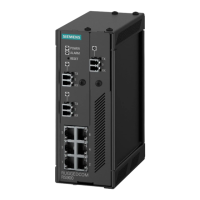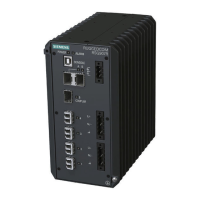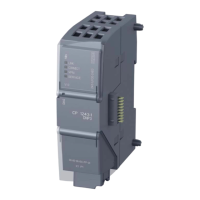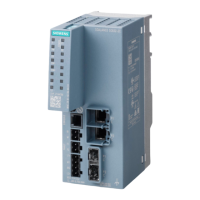Introduction
1.3Required Tools and Materials
Power Supply Terminal Blocks Pluggable terminal blocks for connecting one or
more power sources. For more information, refer to
"Connecting Power" (Page 15) and "Power Supply
Specifications" (Page 29).
Chassis Ground Terminal Protects the device from power surges and accumulated static
electricity. For information about grounding the device, refer to
"Connecting Power" (Page 15).
1.3 Required Tools and Materials
The following tools and materials are required to install the RUGGEDCOM RST916C:
Tools/Materials Purpose
AC power cord (16 AWG)
a
For connecting power to the device.
USB Type-B console port cable For connecting to the RUGGEDCOM ROS console
interface.
CAT-5E (or higher) Ethernet cables For connecting the device to a LAN.
Flathead screwdriver For mounting the device to a DIN rail.
Phillips screwdriver For mounting the device to a panel.
Torx screwdriver For attaching mounting brackets to the device.
4 x M5 or #10-24 screws For mounting the device to a panel.
a
HI AC/DC variant only
1.4 Decommissioning and disposal
Proper decommissioning and disposal of this device is important to prevent malicious
users from obtaining proprietary information and to protect the environment.
Decommissioning
This device may include sensitive, proprietary data. Before taking the device out of
service, either permanently or for maintenance by a third-party, make sure it has
been fully decommissioned.
For more information, refer to the associated "RUGGEDCOM ROS Configuration
Manual".
Recycling and disposal
This device is low in pollutants, can be recycled, and meets the requirements of the
WEEE directive 2012/19/EU for the disposal of electrical and electronic equipment.
Do not dispose of devices at public disposal sites.
For environmentally friendly recycling and the disposal of devices, contact a certified
disposal company for electronic scrap or your Siemens contact.
4
RUGGEDCOM RST916C
Installation Manual, 04/2023, C79000-G8976-1490-07

